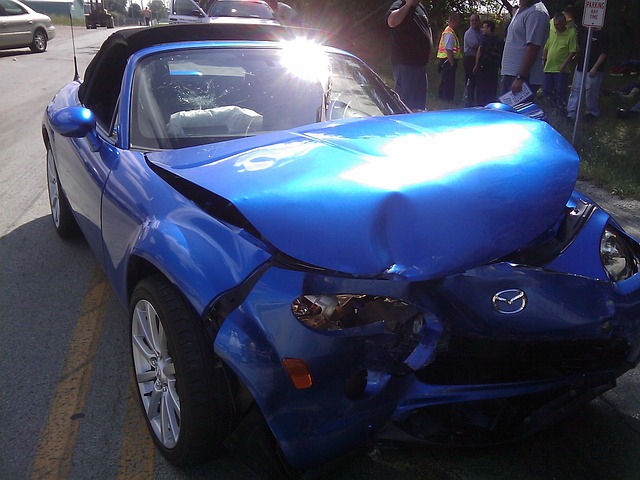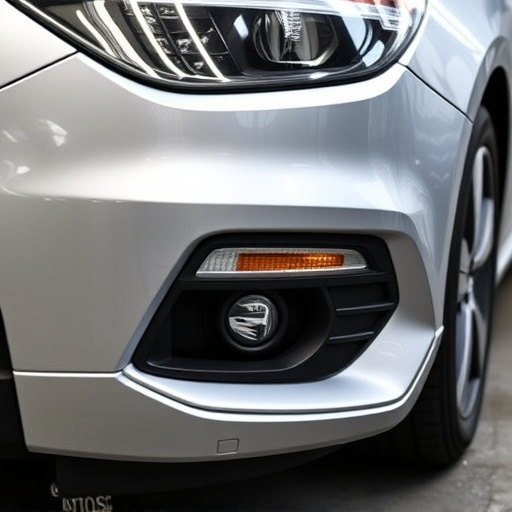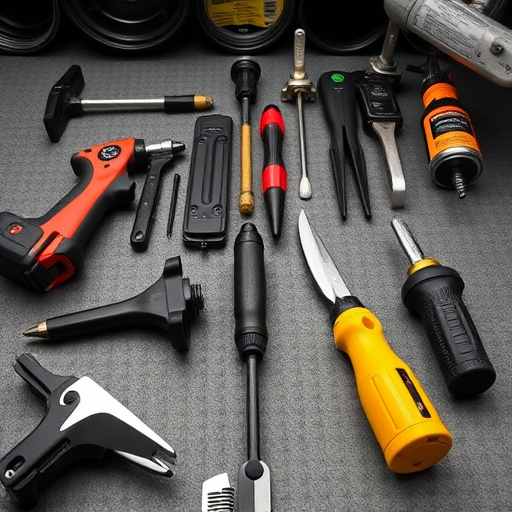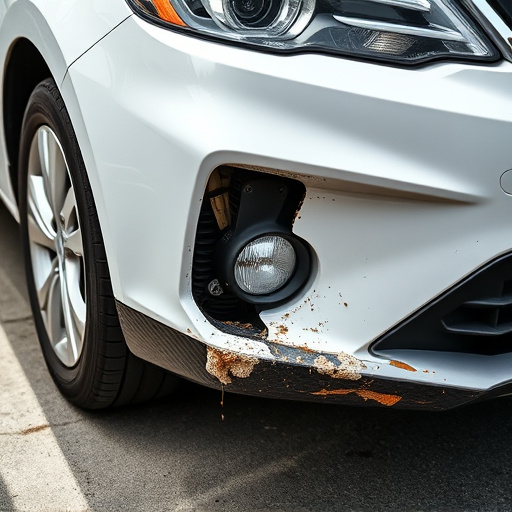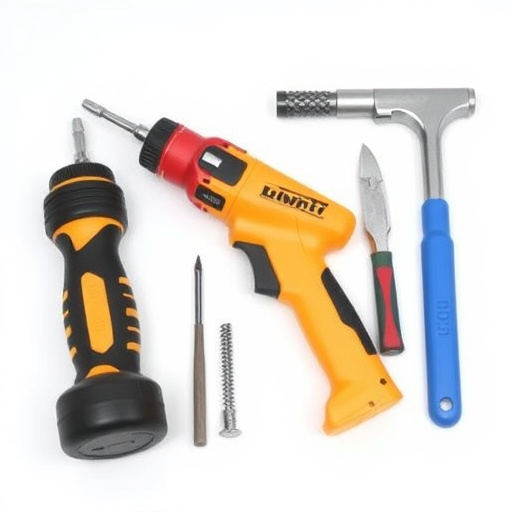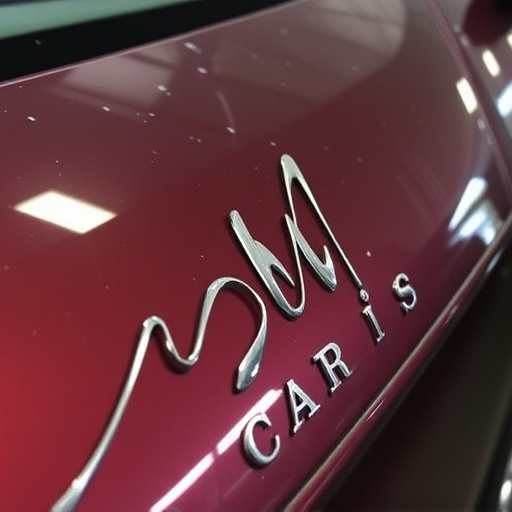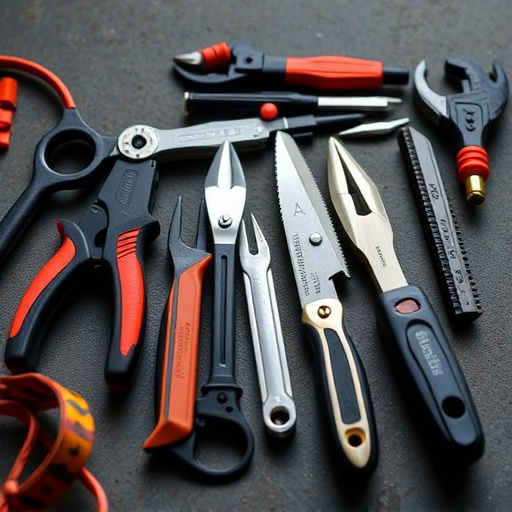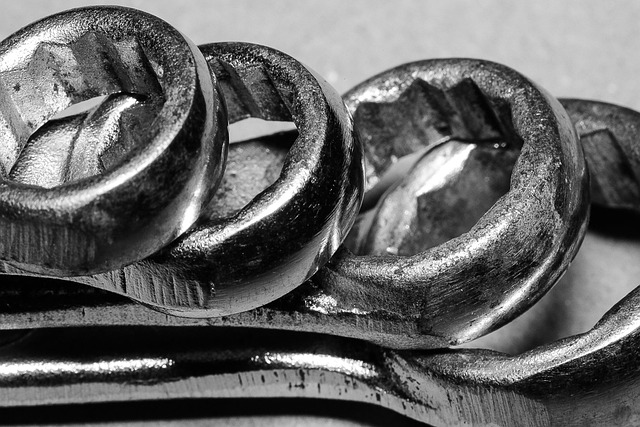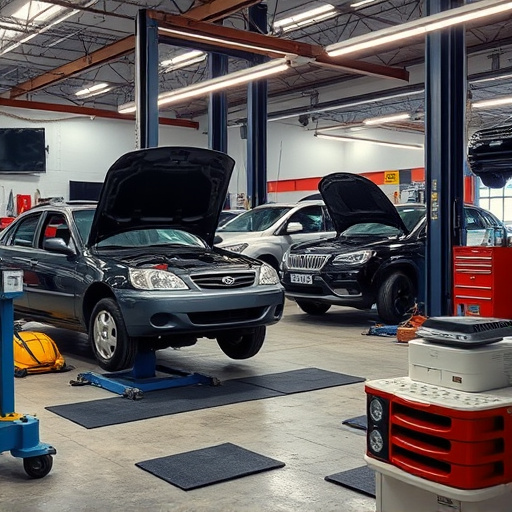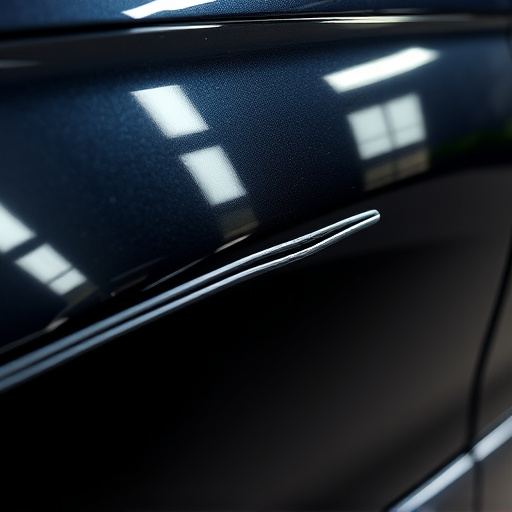The cost of dent removal varies greatly depending on size, depth, location, and material required for repair. Minor dings may only cost a few hundred dollars and take 1-2 hours, while extensive damage near structural components can reach thousands of dollars with longer turnaround times. Hard-to-reach dents or extensive paint work significantly increase labor costs, making the dent removal process more complex and expensive.
The cost of dent removal is a multifaceted consideration that goes beyond simply assessing the size and severity of the damage. From the moment a dent appears on a vehicle, a complex interplay of factors comes into play, shaping the eventual repair bill.
This article dissects the dent removal process, exploring how the type, location, and dimensions of the dent impact costs. We also delve into material choices, labor rates, and time—unseen forces that contribute to the final price tag. Additionally, we shed light on paint matching, hidden fees, and insurance’s role, providing a comprehensive guide to understanding what influences cost in this intricate procedure.
- Factors Determining Cost: A Comprehensive Look
- – Type of dent and its severity
- – Location of the dent on the vehicle
Factors Determining Cost: A Comprehensive Look

The cost of dent removal is a complex calculation that involves several interconnected factors. The dent removal process isn’t a one-size-fits-all procedure; each damage case is unique, requiring tailored methods and materials to achieve the best results. In a vehicle body shop or car body repair facility, assessors consider the size, depth, and location of the dent as primary determinants. A small, shallow dent might only require simple techniques like hammering or using specialized tools to pop it out, making it less costly compared to more extensive repairs needed for larger or deeper dents.
Additionally, the complexity of the auto maintenance process escalates with intricate shapes or hard-to-reach areas. Dents in odd locations or those that distort the car’s paneling present challenges that can increase labor costs. The choice of materials also significantly impacts expenses. Some methods, like paintless dent repair (PDR), are cost-effective and non-invasive, preserving the original finish. Conversely, more traditional techniques involving body panel replacement or extensive painting may carry higher price tags due to material and labor requirements in auto maintenance shops.
– Type of dent and its severity

The cost of dent removal is significantly influenced by the type and severity of the dent itself. Minor dents, such as small dings or scratches on a vehicle’s surface, are relatively easier and cheaper to fix compared to larger dents that may require more complex techniques and materials. For instance, auto bodywork for a simple ding can often be accomplished with less time and specialized equipment, making it less expensive. In contrast, severe dents that involve deeper damage to the panel or even deformation need advanced repair methods, like metal fabrication or replacement parts, which contribute to higher costs.
When considering the dent removal process, whether for personal or through professional vehicle repair services, assessing the dent’s visual impact and structural integrity is crucial. Minor repairs might only take an hour or two and cost a few hundred dollars, while extensive damage could lead to a longer turnaround time and expenses that run into the hundreds or even thousands, especially in the automotive repair sector.
– Location of the dent on the vehicle

The location of a dent on a vehicle plays a significant role in determining the cost of the dent removal process. Dents located in more accessible and visible areas, such as the fenders or hood, are generally easier to repair and often involve less complex techniques like patching or painting. As a result, these repairs tend to be more straightforward and usually cost-effective within the broader dent removal process.
In contrast, dents situated in hard-to-reach places, like deep creases or the rear panel, present challenges for technicians due to limited access. These areas often require specialized tools and techniques, such as metal shaping or body frame straightening, which can significantly increase labor costs associated with auto maintenance and bumper repair. Moreover, if a dent affects structural components or requires extensive paint work, including car paint services, the overall expense of the repair process is likely to be higher.
